The New Modern Door Design in North AmericaIntroducing Concealed Frame Doors with Hidden Hinges for the North American Market. A unique and simple system to revolutionise the installation of a Flush-with-the-Wall Door.
We have have done extensive research to find the bets way of integrating a simple concealed frame with the walls of your home. Using 3-way adjustable Tectus hinges is one key ingredient. The other is a narrow door jamb that allows to be flush-mounted to the wall (drywall) and fits into any standard or custom opening. In the current door market the prices you will encounter for totally flush door systems are high, no doubt. However, we have drastically reduced the cost of our Concealed Door Frames by using a minimalist and practical design that contractors and installers will certainly appreciate. We believe in not re-inventing the wheel when it comes to door designs. The visual experience of an installed “Flush to the Wall” door is impressive, to say the least, and well worth the extra cost in the long run. Trim-less doors just have that unique look which complements modern house designs. Our goal was to bring the price of frameless doors to a point where architects, designers and home owners do not see a budget barrier. We think we have achieved that and welcome you to email us. Please refer to our Home Page and the Concealed Door Details Page for more information and specifications.
10 Comments
What does a Flush with the Wall door look like?Well, a picture is worth a 1000 words... The door panel is totally flat and sits in the same plane as the wall. The result is a nearly invisible door that has no trim or casing. A Modern Design sought after by many architects and designers in North America and Europe. How is a Concealed Door Frame realized?The door frame (jamb) needs to be constructed in such a way as to provide the means for the drywall to join it without a visible transition. You also need a hinge that does not protrude outwards. These hinges are commonly called Hidden Hinges or Concealed Hinges. There is a wide variety in the market but we trust in German-made Tectus Hinges from Simonswerk. How to Drywall and Paint in Flush Door Installations?In construction there is a rather infamous saying: “Make sure you hire the best painter you can find.”
In other words, the last person on the job needs to be the best and most detailed person. In Frameless Door installations this holds true as well. If your drywaller and painter are professionals that excel in their work, you will have a Flush with the Wall door that looks outstanding. How to use Hidden Doors in your home? When it comes to hiding a door (or all the doors) in your home you have a few options:
Painting the wall, frame and door panel the exact same color is a critical step and ensures that everything blends into each other. When done right, the end-result is a door that is nearly invisible to the average person. Hinges and Handles on your Hidden Door The Hinges used on a Hidden Door are for obvious reasons Hidden Hinges. These type of Concealed Hinges do not stick out in any way and are invisible when the door is closed. Hinge brands worth mentioning are Tectus from Simonswerk or Otlav from Italy. For Handles it is best to use a modern stainless lever. But if you prefer, there is the option of using push-to-open latches. An invisible type of handle that is commonly used in cabinets of RV’s and motor homes. How much do Hidden Doors Cost? The question depends on a few things:
For all other questions, you can always visit us at https://flushwalldoors.com What is this article all about?I want to discuss the state of Interior Design in the USA and Canada in 2018. What do we see designers and architects steer towards in the recent past. And has there been any grand change in styles of design for residential and commercial buildings? Is the traditional way of thinking still present and if so, to what degree? Or has modern architecture and design finally made some progress in North America? If it has not, why is that? An Overview on Interior House Design in North America Generally speaking North America (USA and Canada) has always been leaning towards a Traditional look when it comes to designing anything that has to do with architecture (Interior and Exterior). There is that underlying thought or feeling (or even fear, if you may) that great and beautiful things belong to the past. Hence, we need to duplicate the old styles in order to be impressive. In the recent years, since roughly 1990 I would say, there has been some progression towards a more modern style of design but it is very slow to say the least. Often we see more modern design elements such as a contemporary kitchen but notice at the same time that some things are clinging to the traditional, still. Yes, you have Stainless Steel Fridge but the old-fashioned 2-panel doors are still trimmed out with 4″ wide Colonial Door Casing. Why is traditional interior design still so overwhelmingly common? I would dare say that only 5% of homes in the US and Canada have been designed to be contemporary. And being in the Construction Industry for the last 18 years, I have seen my fair share of newly constructed homes as well as renovations. The main reason why so many homes are still very traditional is 3-fold:
So what is it that makes traditional designs so hard to shake? Let us look at point #1 above which mentions that not many home owners renovate their homes and change everything over to a contemporary design. This is most likely due to a lack of funds and/or the fact that North Americans generally like to spend their money on more immediate gratifications (that new ATV, boat, going out to restaurants, etc.) Before I touch on point #2, I want to clear out point #3 above. The lack of modern design options stems primarily from the lack of interest in these products. That brings me to point #2 which is the critical issue and explains why modern design is not taking off in North America. Here is the personal preference of American people: They just seem to like old-fashioned designs. I have seen it over and over again – given the choice, 95% of people prefer the RICH look that they think Contemporary Designs cannot supply. And the keyword here is “Rich”. The strong, deeply rooted urge of the American to look and feel rich (wealthy) And now we come to the climax of the story. The reason behind the design stagnation we see here on this continent (provided you live in North America when you read this). It is the deeply rooted fear of the American to not look and, therefore, feel poor. Or in other words, he wants, no, NEEDS, to be perceived as wealthy. Traditional (Colonial) designs seem to give him fulfilment with respect to that. The GRAND look is what he craves – definitely not the minimalist, modern style of design which seems to suggest to him some sort of lack. Final thoughts It might seem that we ended up with a different article than you first thought you were going to read. But when you look at anything at all in the real world, there is always a reason why it is like it is. Home Design is no different. I do like to explore the reasons behind something. I feel there is no other approach that could possibly push for a change, other than to understand the root of the issue/problem.
As for Modern Entry Doors and Contemporary Interior Design, it will surely grow somewhat with time but I cannot see it taking off to any substantial heights within the next 50 years. Overview to Problems in the Construction IndustryNorth America has many business related issues and problems that plaque the continent. The construction industry is only a small part of the whole business sector but exemplifies these problems very well. Maybe the reason is that the Construction Industry has always been and most likely will always be fairly Blue-Collar. I want to give you a list of the problems I have seen and faced and also a reason (or possible reason) for these problems. I will primarily focus on the Residential Construction Market in this article. A list of Residential Building Industry Shortcomings
Over-Promise and Under-Deliver This is a big one. It causes by far the most serious problems. Instead of being realistic or even under-promising, the common attitude is that making big promises is better than telling the unpopular truth. 6 weeks lead times become 2 week lead times. A $500,000.00 budget becomes a $400,000.00 budget, no problem. We can get it done for you faster than anyone else – and for much less money. And who is it that does this over-promising? Well, the builder and every trade thereafter. Everyone wants build themselves up and put the competition down even if they know that what they promise and predict is a lie. And the worst thing is: The customer buys it. Is it because he just does not know any better or because he wants to believe in a positive outcome, I do not know. The result is the inevitable correction by reality. Things get delayed, things get lost, things just do not go as planned for a myriad of reasons. And then people get unhappy – the customer is unhappy and all the trades that rely on the timing of the trade before them get upset and possibly loose money. I have seen this over and over again with terrible effects for all involved. Ironically, the only group that suffers the least from this is the group that made the over-promise. “Just over-exaggerate on what you can do and in the end you will be just fine”, seems to be the lesson here. Overpriced Services This is a straight forward issue. Charge more (sometimes much more) than the service or product is worth. This is a bigger problem in the service area of construction than it is in the products area. I have seen plumbers, electricians, installers, painters and all the rest charge outrages fees for their services. Medical Doctors cannot even keep up with their pay-rate. I haven seen heating and plumbing installers make $3,000 in 2 days for average work. The list is endless and could drive any frugal person insane in a short time. So, better close your eyes when writing checks to all the companies involved in the building of your house. Homeowners beware of paying more than the work is worth. I suggest always to compare it to the wage of someone that has a college degree such as a doctor, lawyer, architect, etc. Doing that will give you a better idea of how much is too much. Schedule and Timing Issues This will be a shorter section since we already semi-touched on the point when I discussed the over-promising problems. To give people a false sense of timing is very dangerous. There is a long list of trades involved in the residential building industry and if one person delays a project all others suffer. They now have to adjust their schedules and bookings accordingly which is not always possible and might cost them trouble and money. When you say 4 weeks, it has to be 4 weeks (or faster). Sorry, but we are delayed is not good enough when you are not the only company involved in a project. You make it work or you need to compensate the other parties that now have to suffer (picture the flooring company delaying their install by 2 weeks which now affects the interior door installer, who in turn has a schedule of his own, and so on). Now in the real world I have never seen any company compensate other companies for their lack of seriousness in timing matters. I think this is a huge problem and shows the “lack of love” for your fellow man. False Advertising and Deception And the final point is about deception and the lies that are an ongoing part of the residential building industry. During construction I have seen people (companies) make claims about their product during the sales phase that are just plain wrong. They hype up their product and do not disclose certain details that could cause issues later on. The hope is that once the customer commits to buy a certain product or service it will then be too late for him to back out. Now about the deception aspect. It is a well-know fact among house builders that you always need to have a good finishing crew, which includes the drywaller and painter. The reason is that especially the painter can hide many of the problems that have arisen during construction. For example, crooked trims, uneven walls, bad joints, etc. This practice is really shameless to the point where the construction manager is actually proud to have deceived the customer who will have to live in the house (and paid good money for it). Final Thoughts The construction industry is a rough business and I would say some of the problems can be excused to a certain extend because of that. Other business sectors such as IT, photography or retail, for example are a lot less stressful and complex. There is less need for aggressive trickery when the work is more contained and straight-forward.
However, overall I do condemn the residential construction industry for making a possibly good business into a wolf’s den. How it can be made better I do not know, unless people start being honest and true and pay for the mistakes not just in words (saying Sorry) but in deeds. |
AuthorJony Hubert, BSc. Archives
January 2025
Categories |

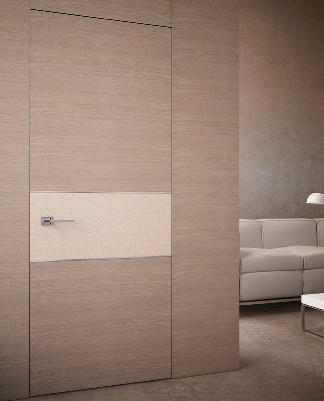
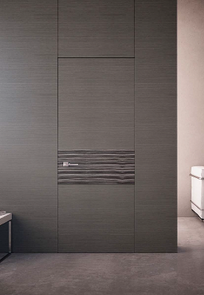
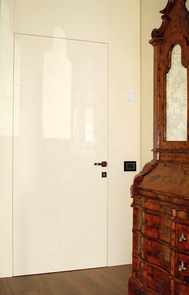

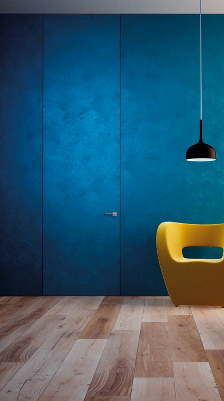
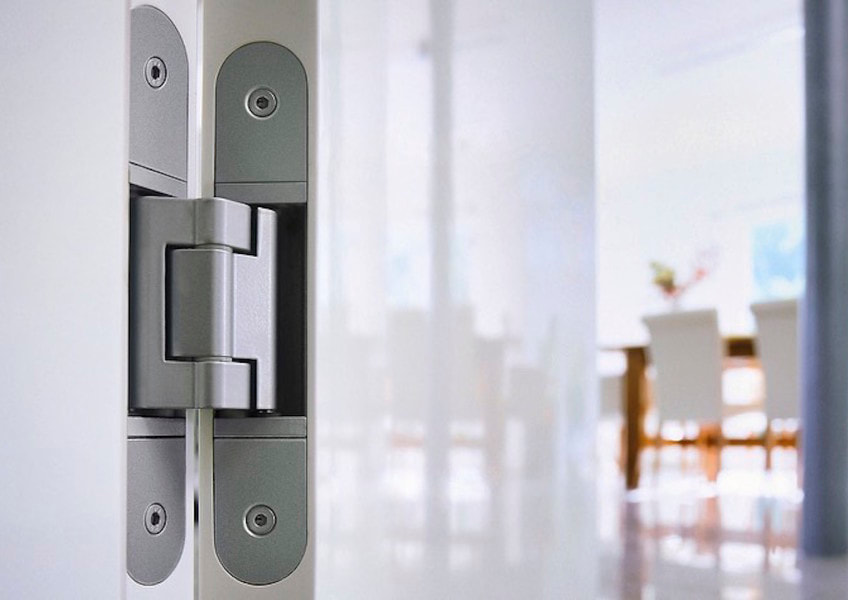

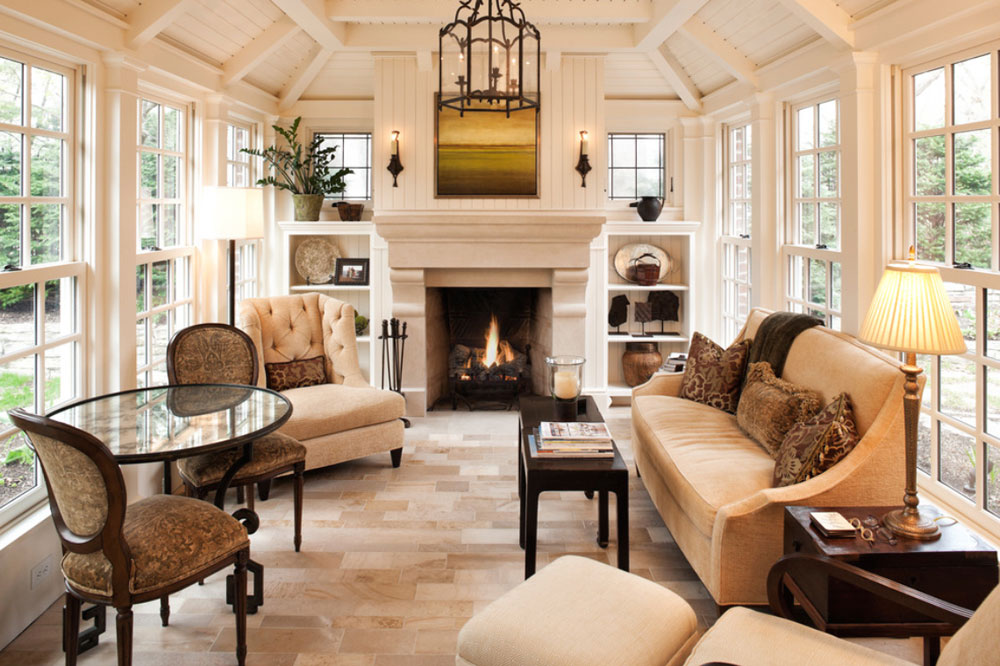
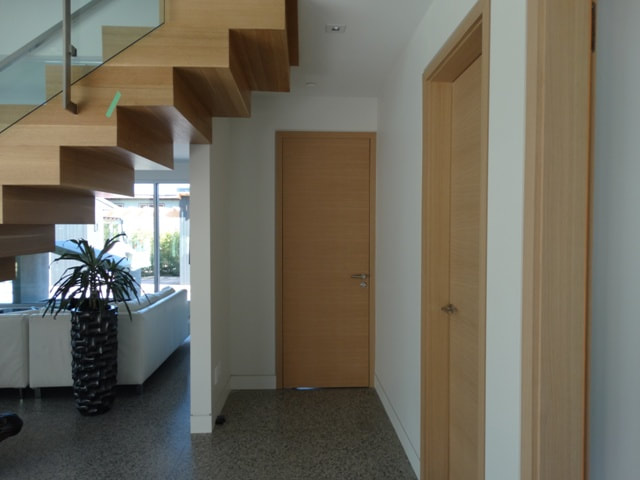
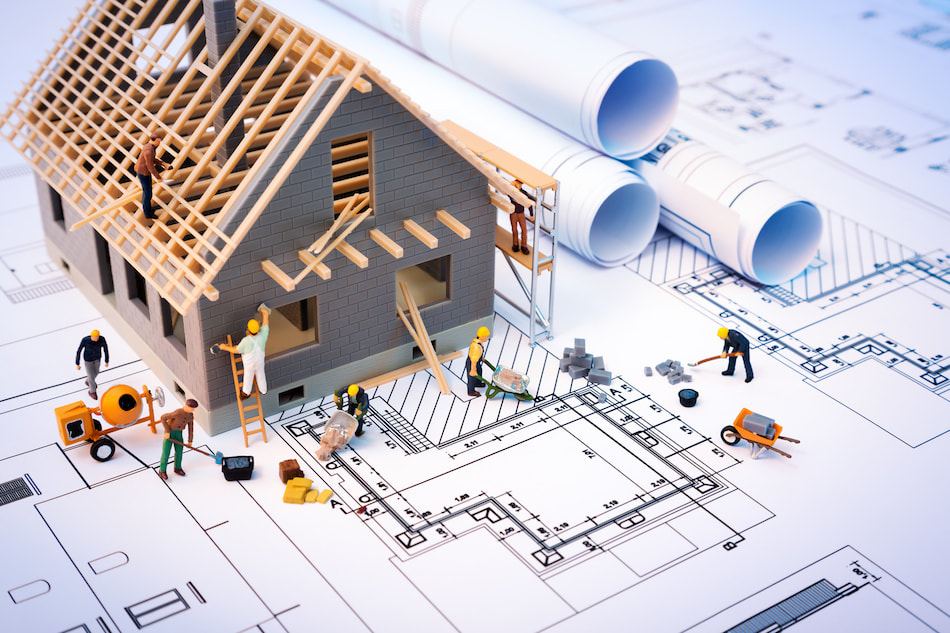
 RSS Feed
RSS Feed